 |
| ‘Sunrise’ from Richard Saul |
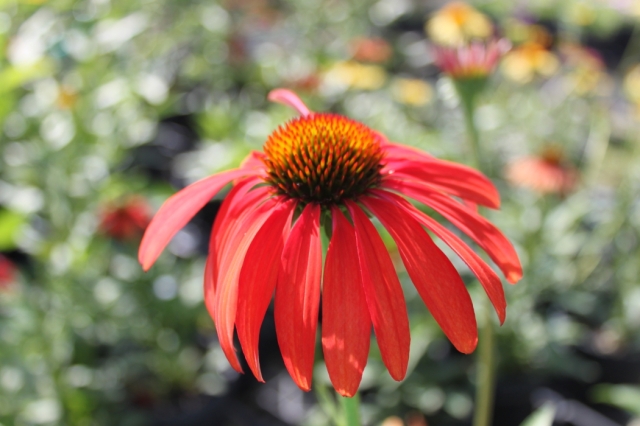 |
| ‘Tomato Soup’ from Terra Nova |
But these colorful new hybrids weren’t without their problems. Many gardeners had trouble keeping them alive, especially in areas with heavy soil and wet winters. This has a lot to do with E. paradoxa being found primarily on very well-drained soils rather than a lack of hardiness.
 |
| Large clumps of ‘Sunbird’ (left) and ‘Flame Thrower’ (center) with E. purpurea ‘Showoff’ (on the far right) |
Subsequent years of further hybridizing have made the newer hybrids a little easier to grow, but they still do best in well-drained soils. Provide proper drainage and they will get just as large as, or even larger than, old fashioned E. purpurea.
The best performers for me have been ‘Firebird’, ‘Sunbird’, and ‘Flame Thrower’ from Terra Nova nurseries. These are 4th generation hybrids bred from E. paradoxa and E. purpurea ‘Ruby Giant’.They’ve done very well in several gardens for me, with the ‘Flame Thrower’ pictured above at 7 years old.
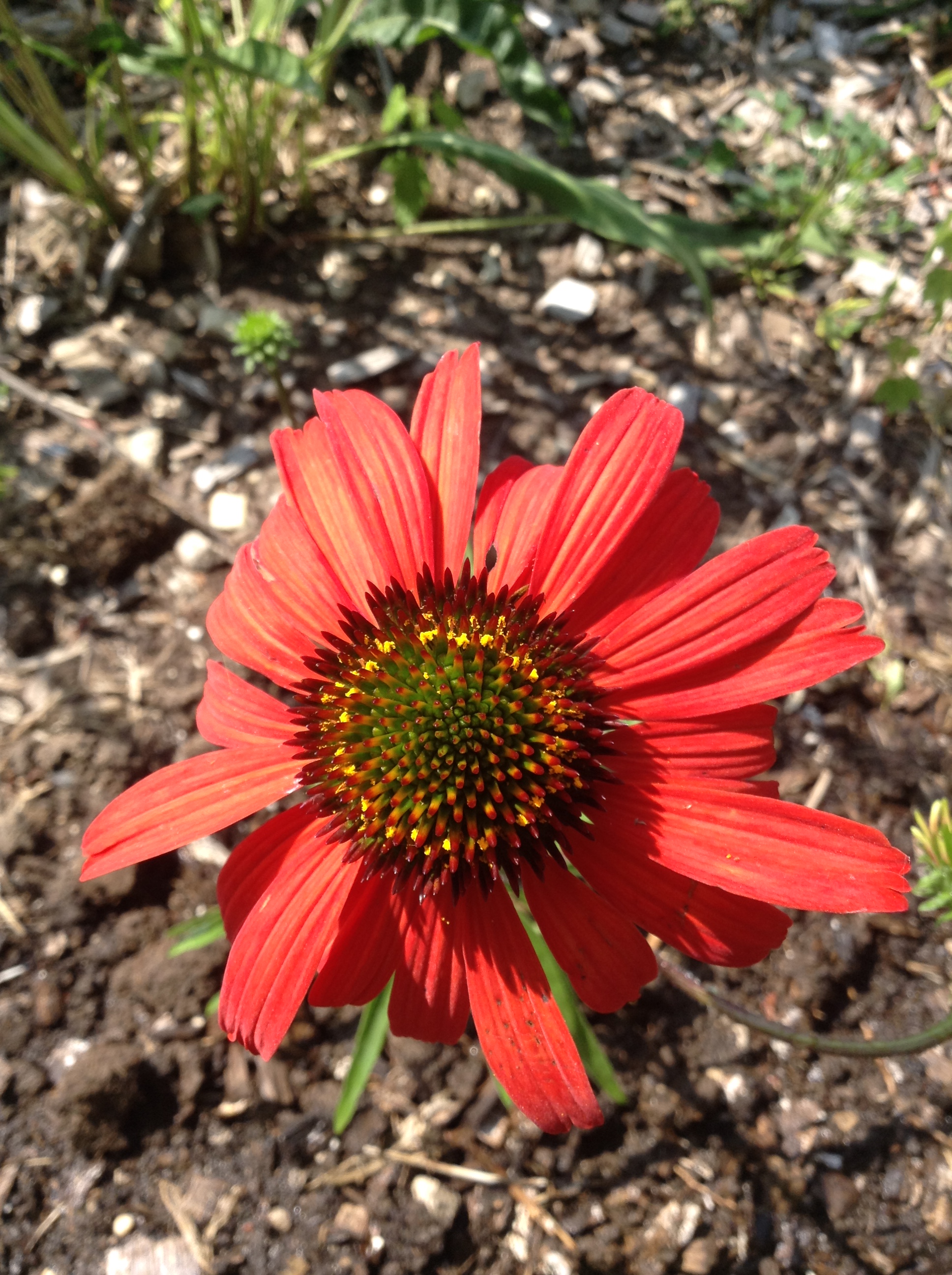 |
| ‘Firebird’ |
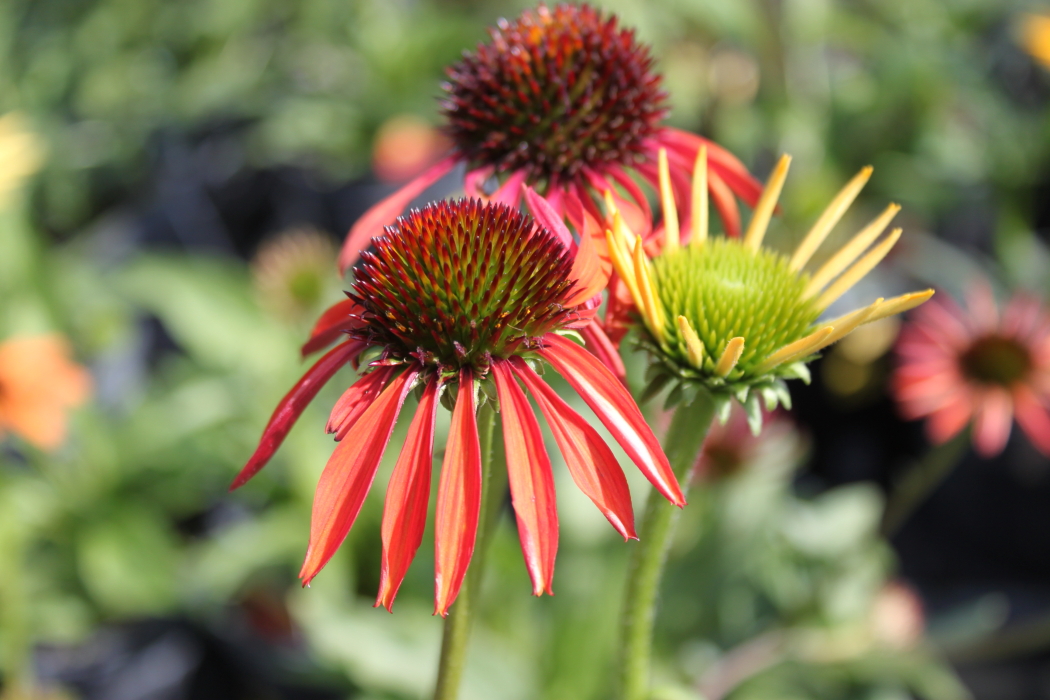 |
| ‘Firebird’ |
 |
| ‘Flame Thrower’ |
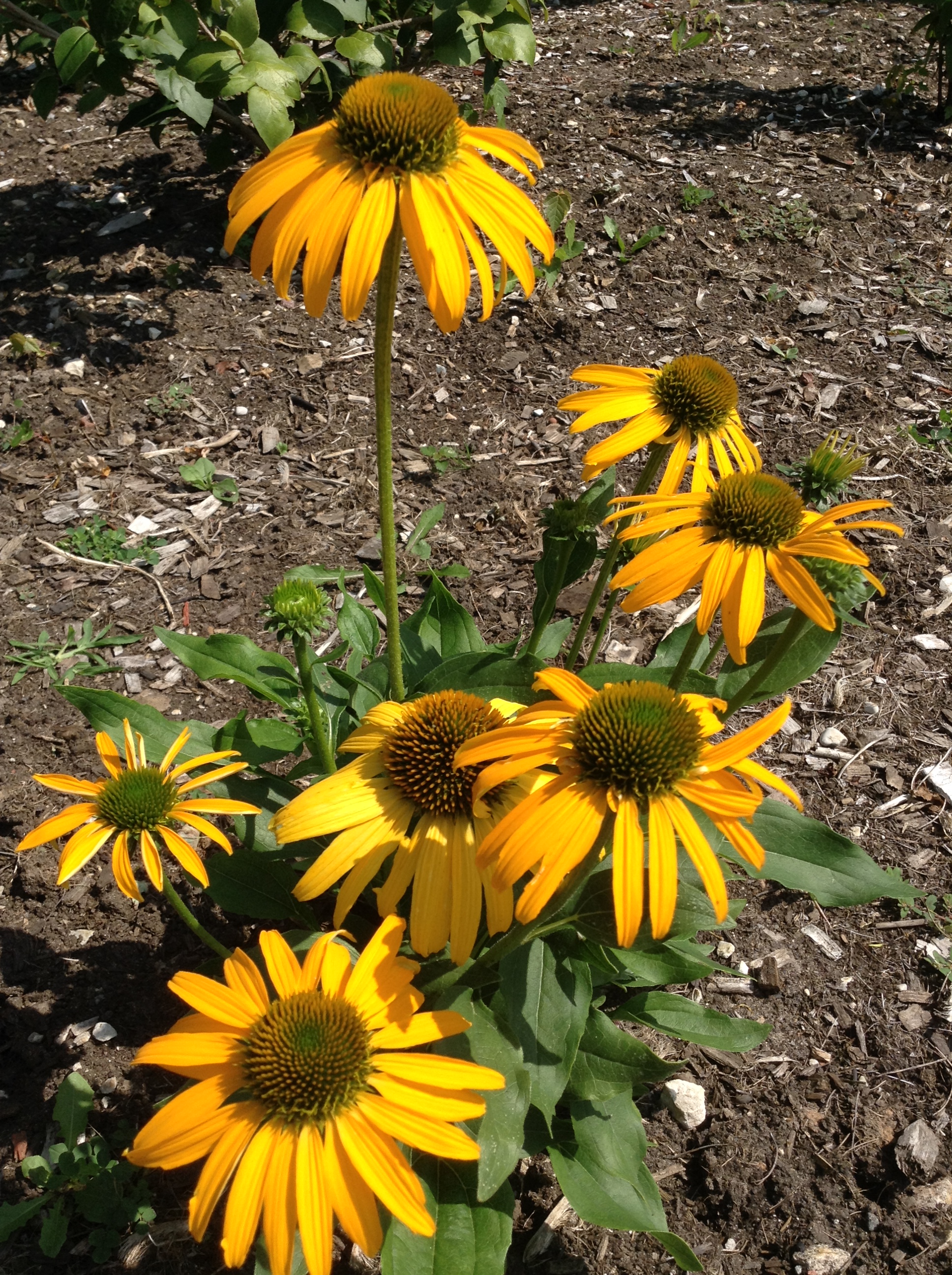 |
| ‘Sunbird’ |
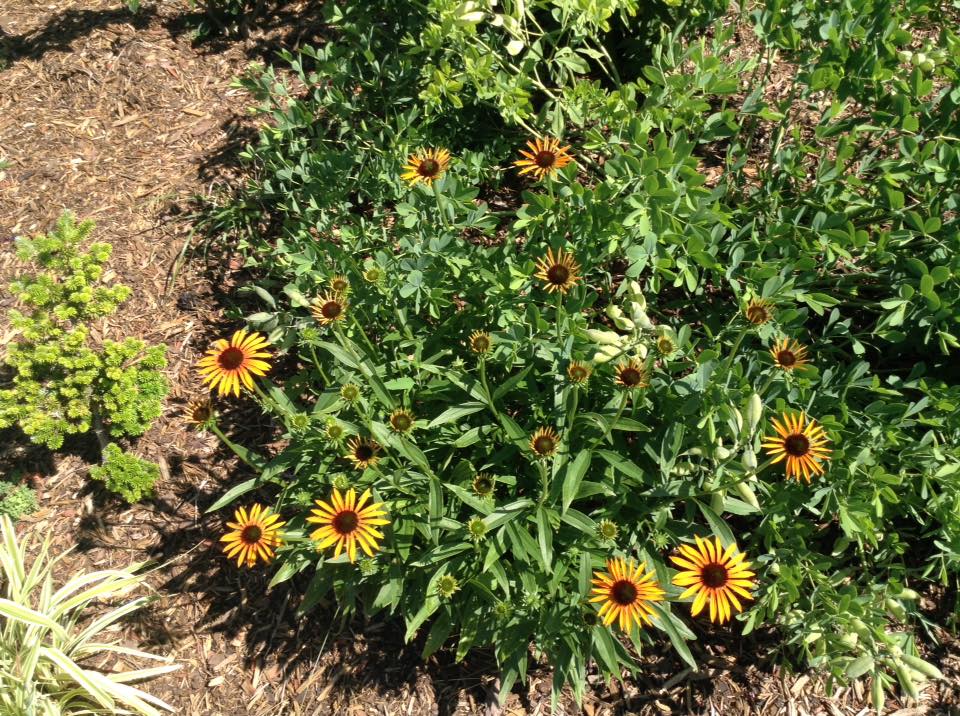 |
| ‘Flame Thrower’ |
I’ve also had fairly good luck with the Sombrero series from Ball. This is a compact series with plants reaching 18-24″ in height and several varieties in shades of orange, red, and yellow are available.
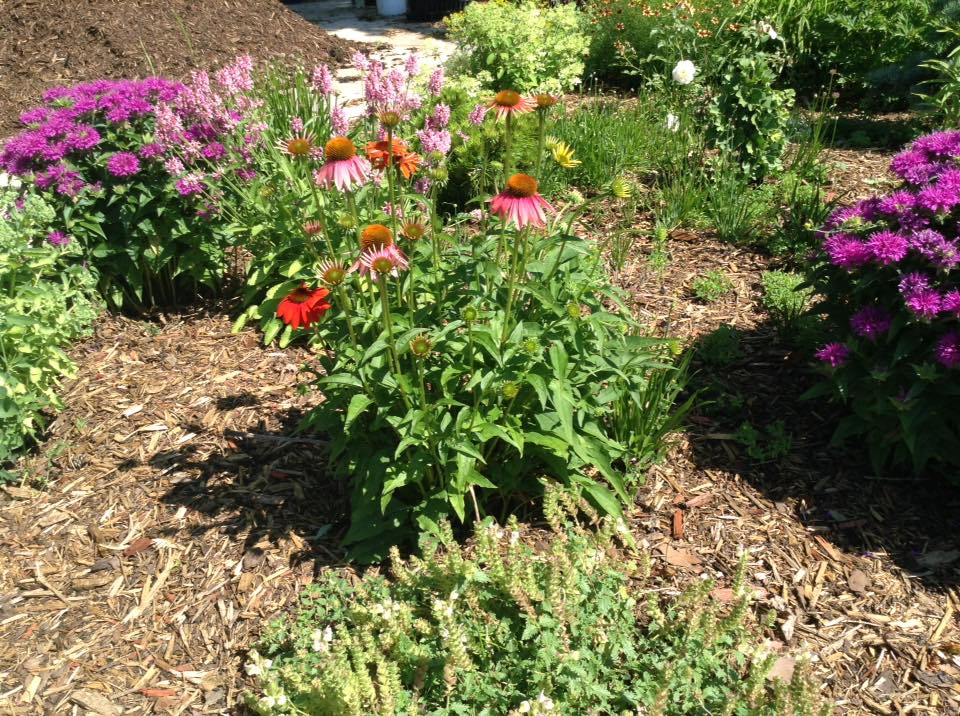 |
| Sombrero mix |
 |
| Sombrero ‘Salsa Red’ |
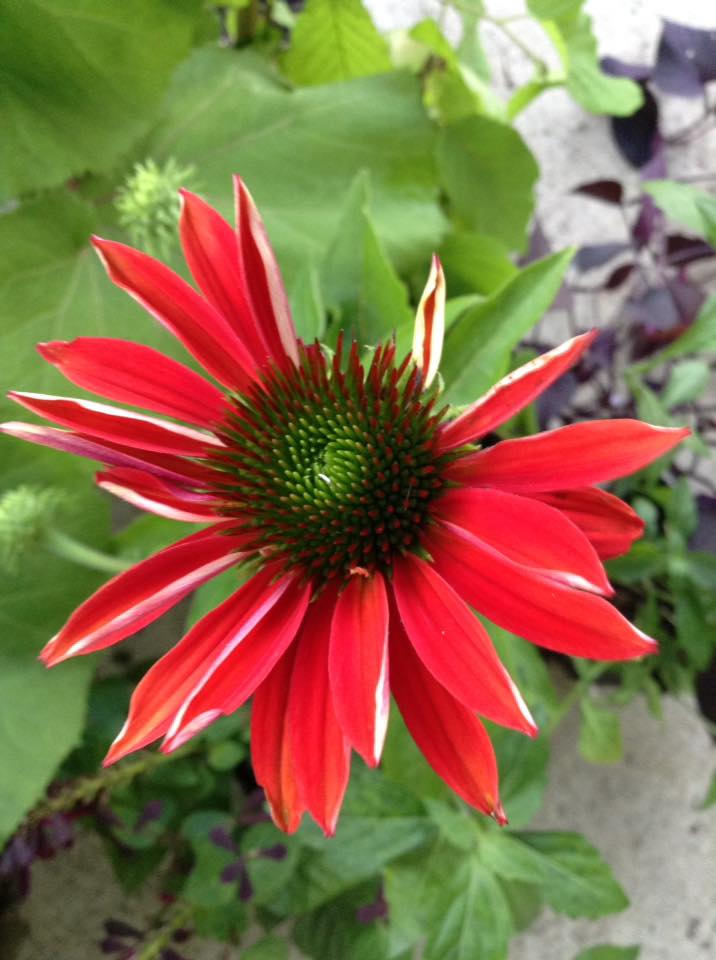 |
| Sombrero ‘Tres Amigos’ |
If you’ve tried some of these fantastic plants before but struggled with them, don’t be afraid to give them another try. Improve your drainage by creating a raised bed or planting on a slope. Use aged pine bark or pumice as a soil amendment to increase porosity and improve drainage. Visit public gardens and see which varieties are doing well in your area. Don’t be afraid to fail and try again or try new varieties. Experimentation is part of the fun of gardening.
